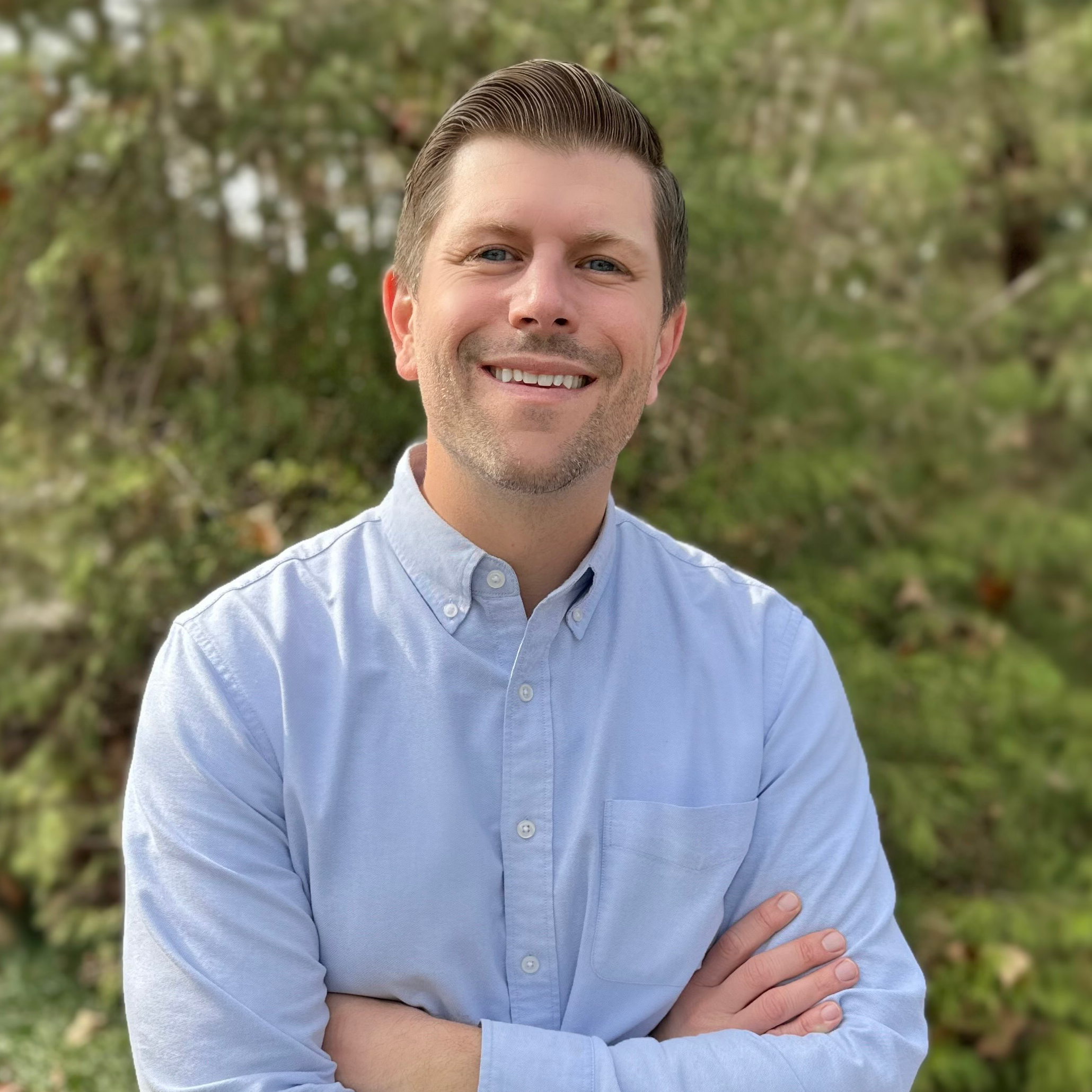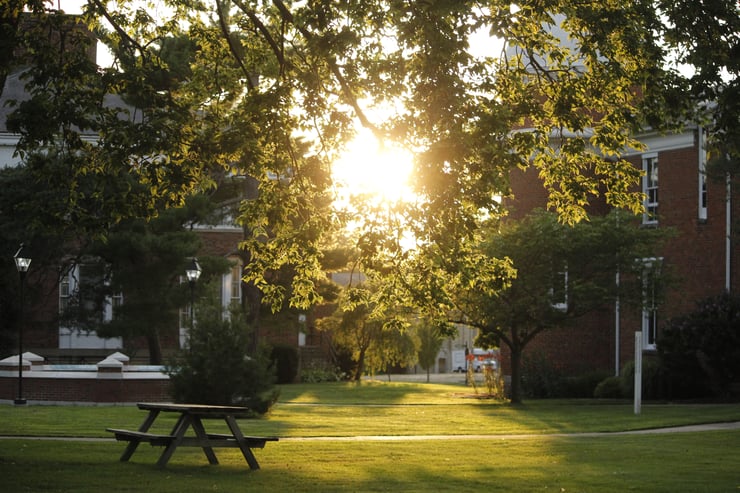Before Boise State University could take its brand to the nation’s biggest stages, it needed a bold breakthrough to close the perception gap it was experiencing at home. Declining state funding and lack of public support, combined with one of the lowest college attendance rates in the country, meant that it needed to correct the view many had of the institution to continue to grow.
That bold new breakthrough came from one of college football’s most iconic fields.
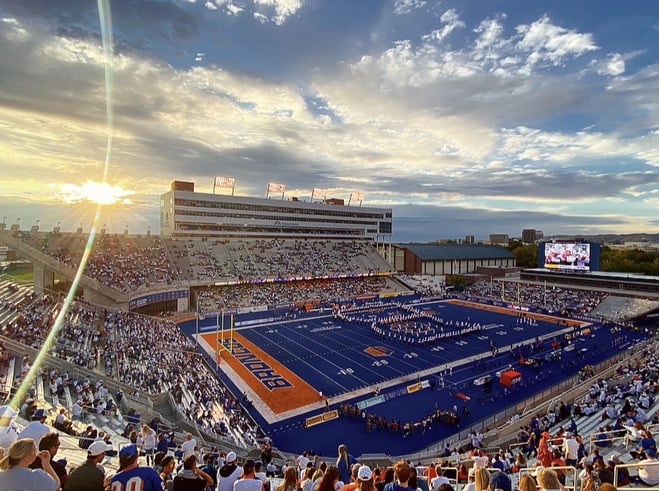
Blue Turf Thinking was built around the idea that the innovation happening in the classrooms and labs at Boise State University was producing well-prepared graduates and positive economic outcomes—to the tune of $1.2 billion each year.
The problem was that this message was not cutting through. We needed to create the best combination of message and media to ensure this campaign supported the institution's goals--and it needed to all work together effectively.
Higher Education’s Evolving Media Landscape
More than ever, campaign planning has become increasingly complex. The spaces where most prospective audience interactions occur can be fragmented, disconnected, and decentralized. Attention is divided, and interactions with higher education brands extend beyond any brand manager’s control. Moreover, marketing activities are often planned across areas and/or even across multiple partners.
To navigate this complexity, at the onset of our campaign planning, we set out to answer these questions:
Why should our audience notice our communications?
How does our plan help to build relationships with our audiences?
How can we gain a competitive advantage with our media choices?
Each question is fundamental to our principles of campaign planning: adopt an audience-first mindset and be media-neutral.
Audience-First Mindset
Just as the customer should sit at the core of brand strategy, your audience should be central to campaign planning. So often, planning starts in the rows of spreadsheets or software—neglecting the ability to truly find unique connection points to your audience or ways media may create a competitive advantage.
In the case of Boise State University, our qualitative and quantitative research made it clear that we would need to address the socio-political landscape by way of segmenting our audience. If we were going to close the perception gap, determining the best message – delivered through impactful media - would only aid in maximizing media investment. This insight was integral to messaging decisions, positively impacting our targeting and budgetary decisions.
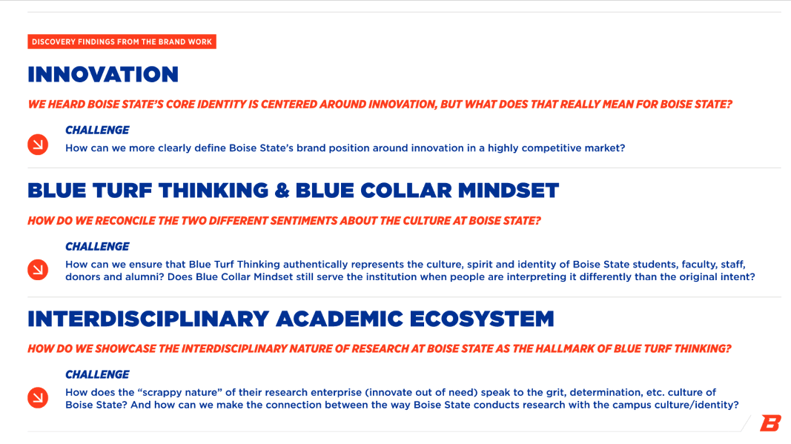 Our discovery findings uncovered multiple opportunities to communicate differently with Boise State's audience.
Our discovery findings uncovered multiple opportunities to communicate differently with Boise State's audience.
Media Neutral Approach
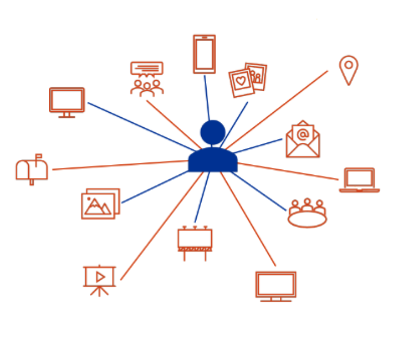
Adopting an audience-first mindset gives us a ‘north star’ for planning—in a sense, a map to which all marketing activities and decisions should ladder. It also complements another approach to our planning, remaining media neutral.
Starting with Boise State’s audiences' mindsets and motivations first made it easier to leverage media choices and consumption habits in new ways that might maximize impact. Remaining unbiased during this process shaped the media plan to favor more “traditional” placements—countering most current plans. We found that print gave us effective exposure to our rural audiences. To expand our reach in these areas, we placed billboards during key moments of the campaign. In addition, we layered in subscription lists to provide a more targeted approach to our messaging. 
We combined experiential and out-of-home placements to supplement our campaign in more urban areas or areas with higher ed influence. This approach made it easy to weave in shared and owned media to create a seamless managed communications approach.
The Campaign Architecture
Combining leading channels for each audience segment provided the foundation for our campaign architecture. The use of connected television and out-of-home provided the mechanism to unite all campaign elements across all audiences.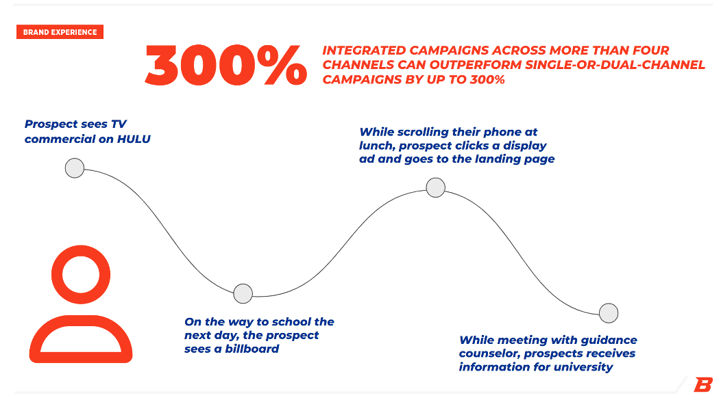
These broad-reaching media created a collective understanding of Boise State University's impact. A series of out-of-home, display, and print campaigns would be used to specifically reach rural audiences, while display, airport, and out-of-home were used to reach the urban segment. Social and search were activated alongside the brand efforts to target prospective students and parents and take advantage of cumulative messaging to support enrollment efforts. 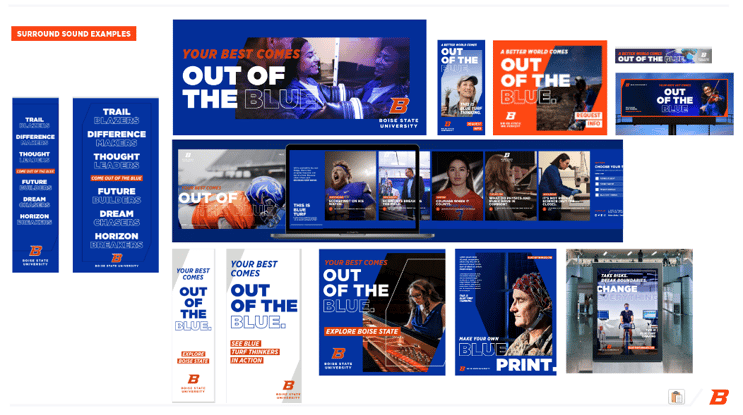
The Results (so far)

Not only were we able to achieve brand-level KPIs that supported our overall efforts, but we’ve also started to see positive enrollment outcomes. Swinging into 2024, our goal is to fine-tune our messaging as we extend our focus to admissions-related tactics.
__
As Director of Strategy Planning, Chris Huebner brings strategic rigor to the intersection of media and brand communications, uncovering the perfect blend of media, moments, and messages. He has worked in higher ed marketing, both agency and institution-side, where he has planned and executed comprehensive marketing and recruitment strategies across multiple program types and institutions. When away from the office, Chris enjoys trying new coffee shops (café au lait, always), visiting upstate breweries, and trekking through the Blue Ridge Mountains with his wife and two children.


